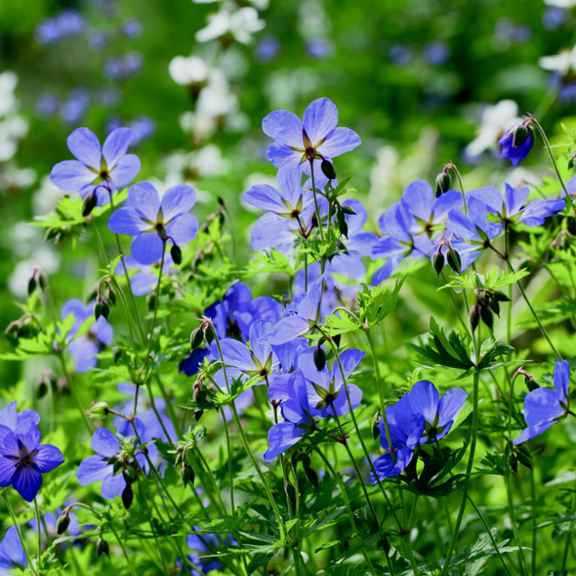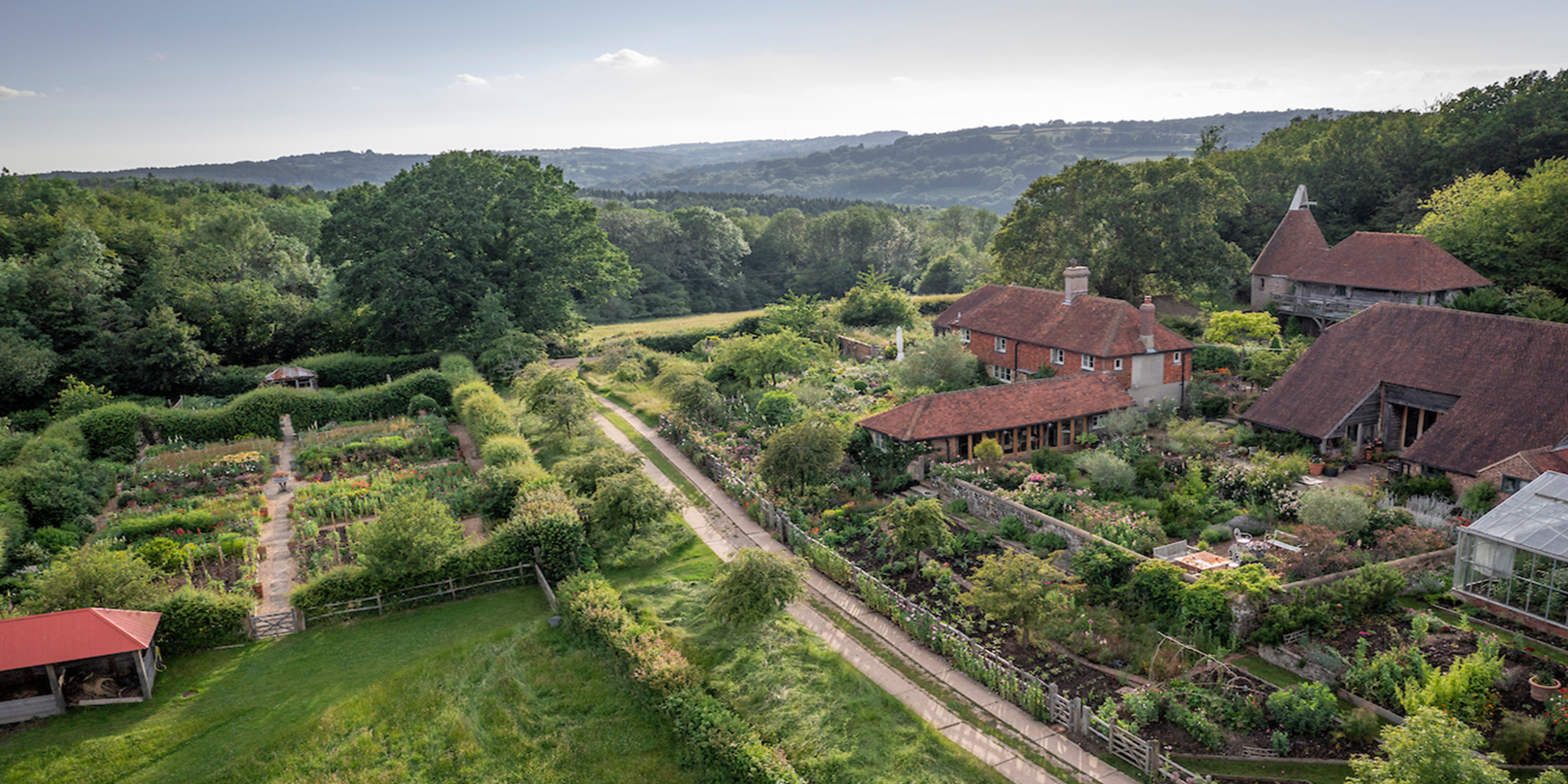She also discussed her thoughts on shifting attitudes towards climate change and nature protection in horticulture, and how her company is pushing forwards in its sustainability mission.
Can you tell us about what first inspired your love of nature and gardening?
My father was a botanist and, when I was very young, I started going out with him on trips. By the time I was seven or eight, I was as enthusiastic as him and spent pretty much every spring and summer weekend of my childhood outside in nature. I was very lucky because at that age you're like a sponge and so I learnt a huge amount. It’s almost like being brought up bilingual – you never forget it.
This extended through my childhood and into my teens – with adventures around Greece and Italy to find exciting plants and wildlife. My dad died when I was 17 and he left me volumes of botanical paintings that him and his father had done throughout their lives.
I returned to this passion in my mid-20s, when I was training to be a doctor at Charing Cross Hospital. I moved to a shared student house that had a garden full of weeds and started gardening. I found it incredible as a counterbalance to the sterility of the hospital ward. I loved my work, but really needed that return into nature.
What led you to set up the Sarah Raven brand back in 1999 and how has it developed over the years?
We moved to Sussex in 1994 and bought a dilapidated farm. I had been commuting into Brighton as a medical doctor and, with a young family, decided to take time out and try to make a go of gardening as a career.
I started growing cut flowers, which is something I’d always loved, as well as wildflowers. I did trial patches comparing plants like peonies with others like annuals and dahlias. I found that from the peony plot I was getting a third of a bucket of cut flowers per metre after two or three years, whereas from the cosmos plants I was getting 52 buckets per square metre within three months. It turned out that the most highly productive plants were what's called ‘cut and come again’, so that if you harvest them in the right place, they produce another flower.
I wrote an article in the Observer Magazine about cut flowers and received quite a deluge of correspondence, because no one had really been talking about homegrown cut flowers. As a result of that, I published my first book, The Cutting Garden, in 1996.
I also started teaching people who wanted to learn how to grow and expanded into easy edibles – cut-and-come-again salads, herbs and leafy greens – which particularly interested me because of my medical background.
The people that I taught often asked to buy seeds for unusual things like mustard wasabi or a specific variety of snapdragon. I started buying bigger volumes of seeds, packaging them on the kitchen table and sending them out. That's how it all began.
Have you noticed attitudes towards climate change and nature protection change in the world of horticulture?
Hugely. People have long been concerned with road miles in relation to food, choosing slow and local food, and now finally the penny's dropped that the same applies to flowers.
I started teaching 24 years ago, so it's taken time. People in my flower arranging classes would always choose bought-in flowers rather than homegrown cottage garden flowers, because they had this perception they would last longer and were better value. Now that has completely and utterly reversed.
People are genuinely interested in pollinators now too. I was banging the drum on that about 15 years ago and I was thought to be a sort of crazy campaigner at the time, whereas now it's incredibly commonplace.
And with the drought that we experienced last summer, gardeners are becoming more aware of the effects of climate change. Only a few years ago people would think of it as a marginal issue, now people are beginning to pay attention and recognise that it’s pivotal to our survival.
What steps have you taken to become a more sustainable business?
We have a large nursery in Lincolnshire, which we purchased in January 2022. We’ve been working hard to ensure that we reduce, recycle and repurpose wherever possible.
We started trialling peat-free compost seven or eight years ago and had very patchy results. But we've persevered and finally we now have an incredibly reliable and broad-spectrum peat-free compost for our pots and seeds. In 2024, our nursery will be growing entirely peat free.
We’ve also installed biomass boilers, so we don't use any oil for keeping our plants frost-free. Our nursery heat is generated via four biothermal mass boilers, fuelled by straw from local fields and local waste wood. We work purely with rainwater from our reservoir – so when we get a rainy March and April like we have had, we don't panic about the summer months.
The other thing that we've done, which again we're incredibly proud of, is we have reduced our plastic packaging and all the plants are sent out plastic-free.
It’s also about bringing nature to others. We work with various charities, like cancer charities or hospices, where nature and gardening are an incredibly important therapeutic aspect. We recently donated plants to a child-friendly garden in Lewisham and we have done the same with Maggie’s Centres and Horatio's Garden.






Thanks for joining the conversation.
We've sent you an email - click on the link to publish your post.